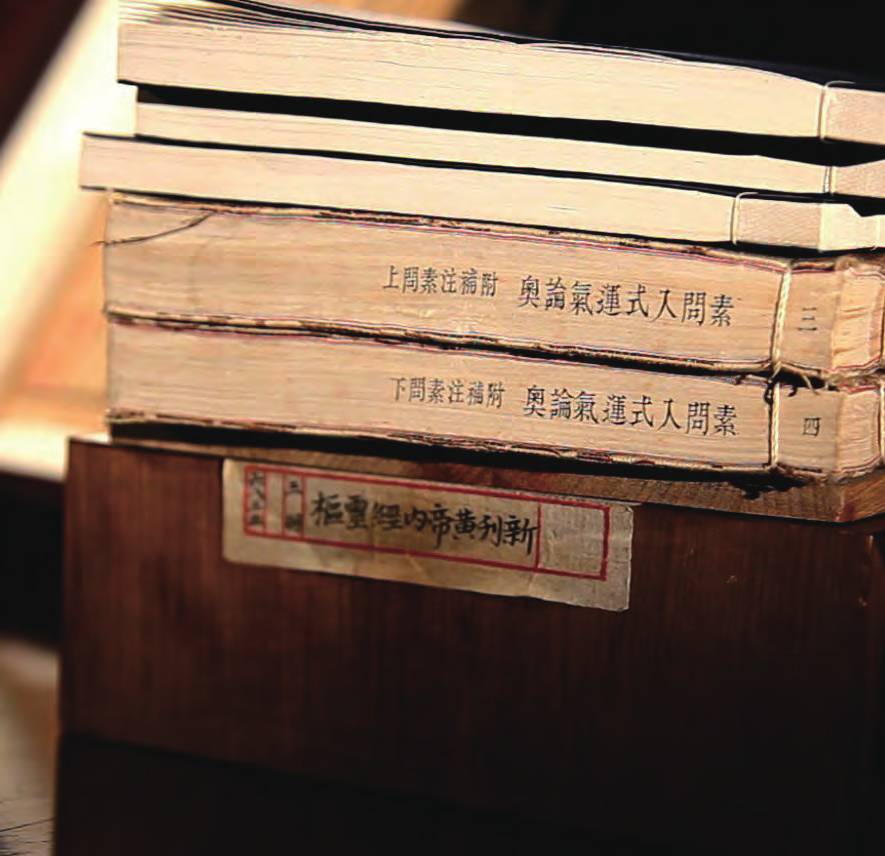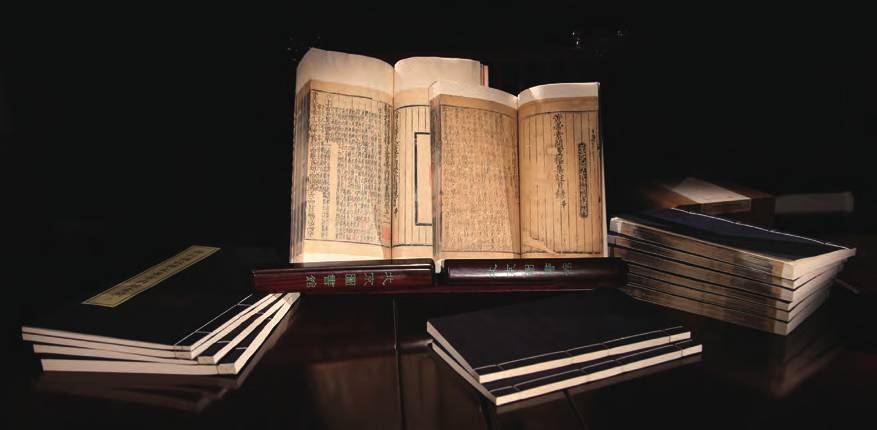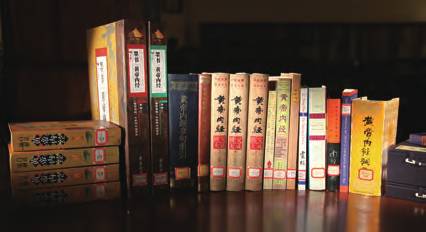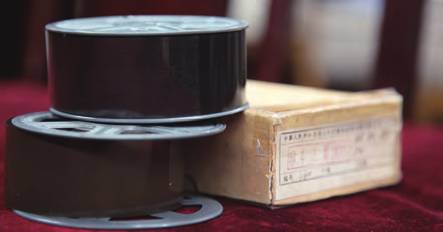
Huang Di Nei Jing (《黄帝內經》Yellow Emperor's Inner Canon)
China - The National Library of China
Story
Well before the 2nd century BCE theories of disease prevention had already been formulated. These theories were intimately associated with the philosophies of Taoism and Confucianism teaching, with their emphasis on the need to align human life with the Great Way of nature. During this same early period, Chinese scholars considered the human body, and produced theories as to how the life-force ("Qi") circulated through it. From these theories were elaborated the concepts of acupuncture and moxibustion – the imposition of slender needles or burning moxa stick at points where the Qi nodes allowed the life-force to be influenced. Early Chinese medical scholars also developed systems of diagnosis and pathology, and the principles of treatment.
At some date in the 2nd century BCE all this material was gathered together into The Yellow Emperor's Inner Canon, a book named after the mythical Emperor who was believed to be the ancestor of the Chinese nation and to have discovered the basic principles of medicine. This book was supplemented and revised in the 9th century, after which it was formally published as a standard text. The text is the world's earliest systematic medical treatise and of immense historic and cultural value. It remains a basic text of Chinese Traditional Medicine to the present day throughout China, Japan, Korea and Vietnam. The version inscribed on the Asia-Pacific Memory of the World Register in 2010 and the International Memory of the World Registers in 2011 is the oldest surviving printed text, a woodblock text of 1339 in 18 volumes printed by the Hu’s Gulin Sanctum.



